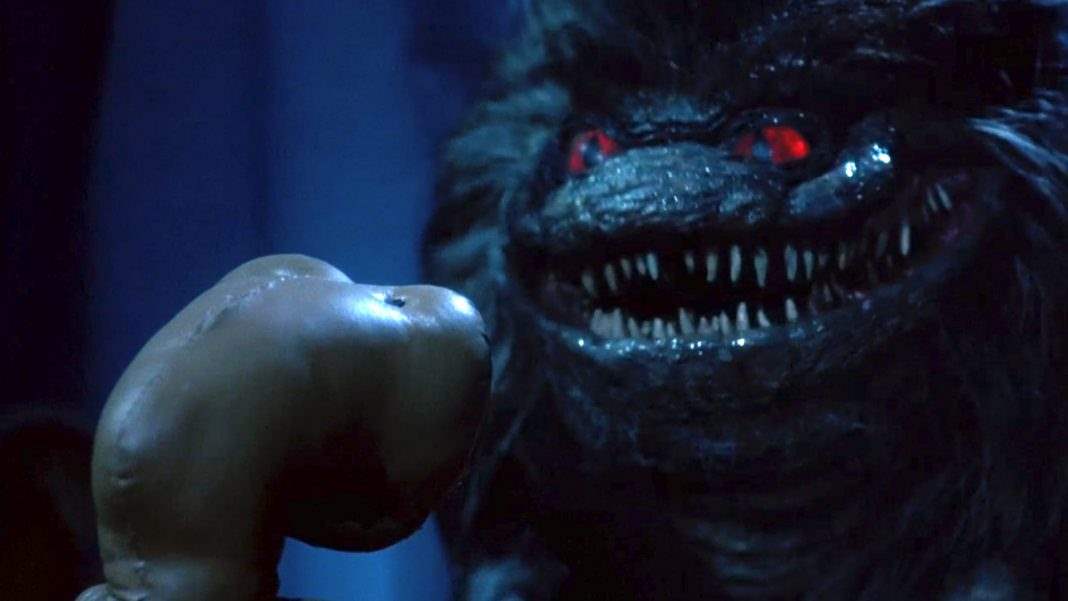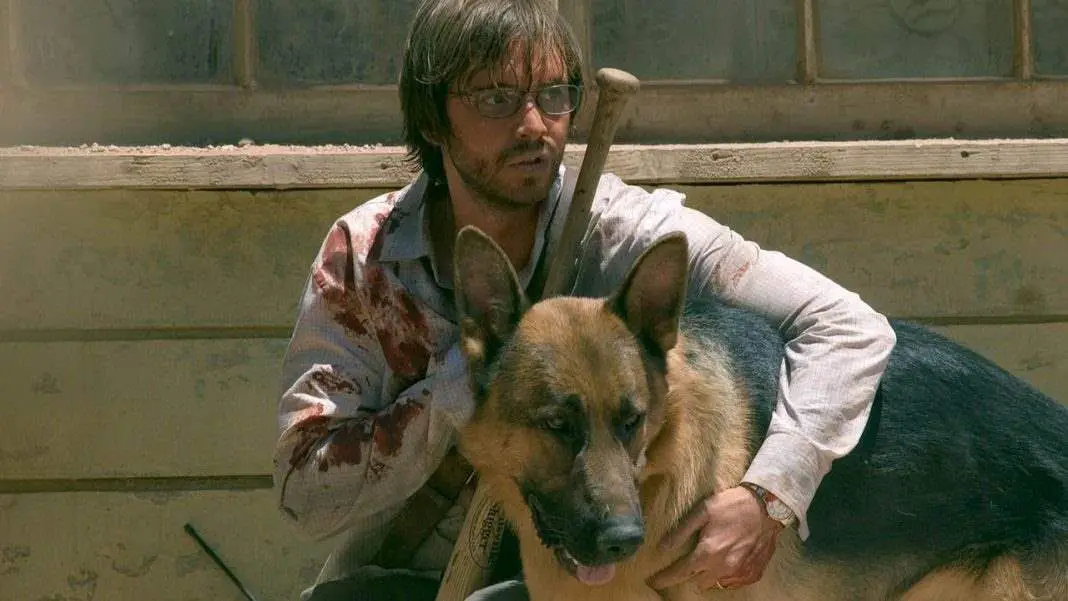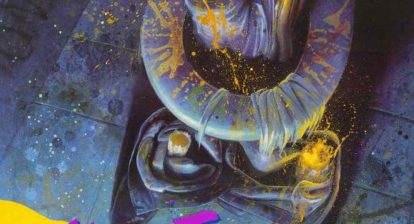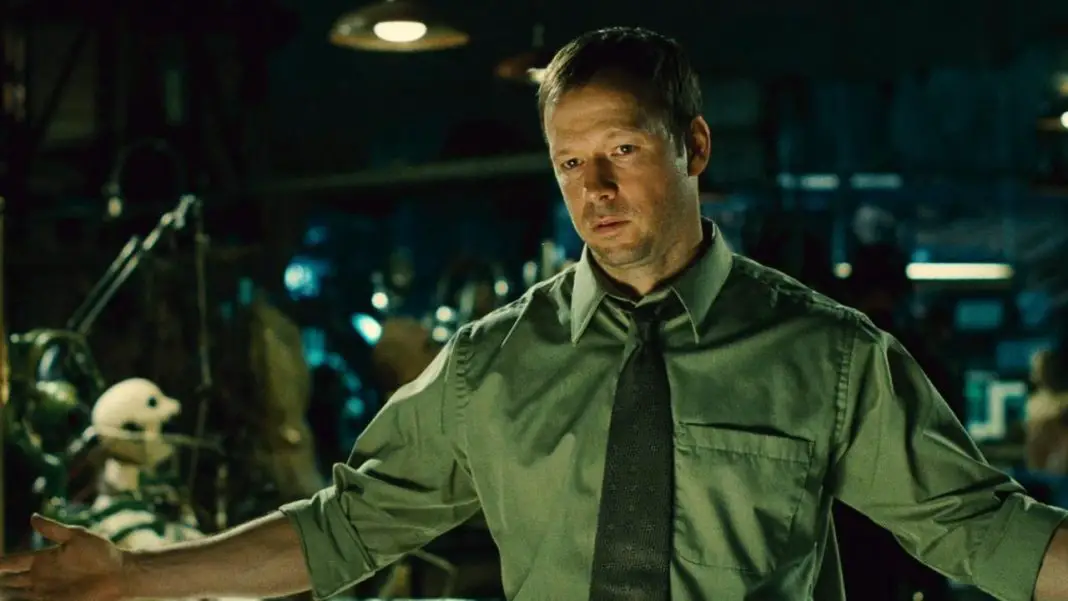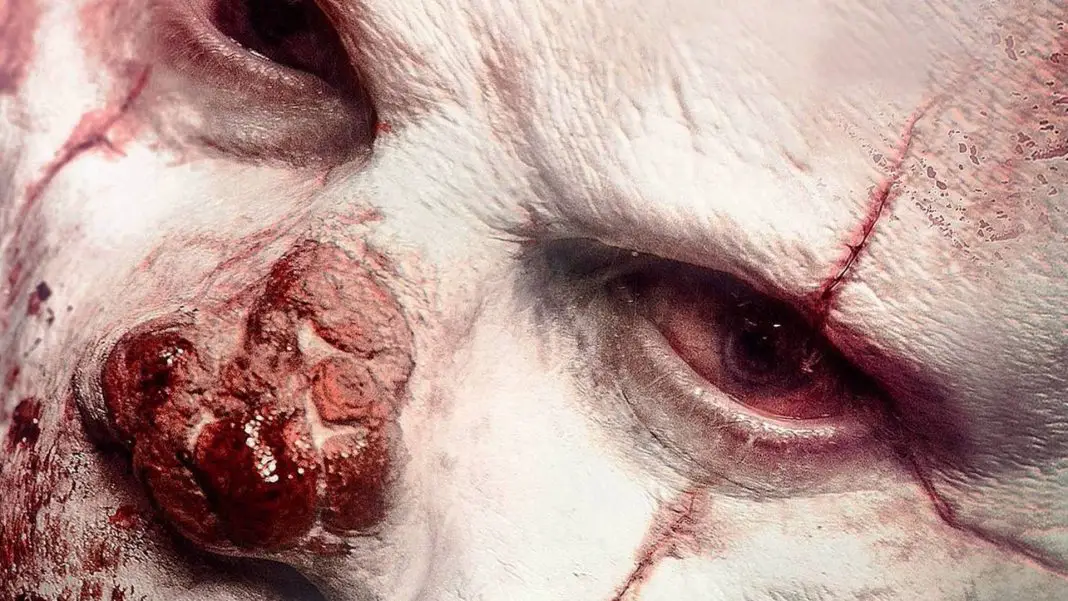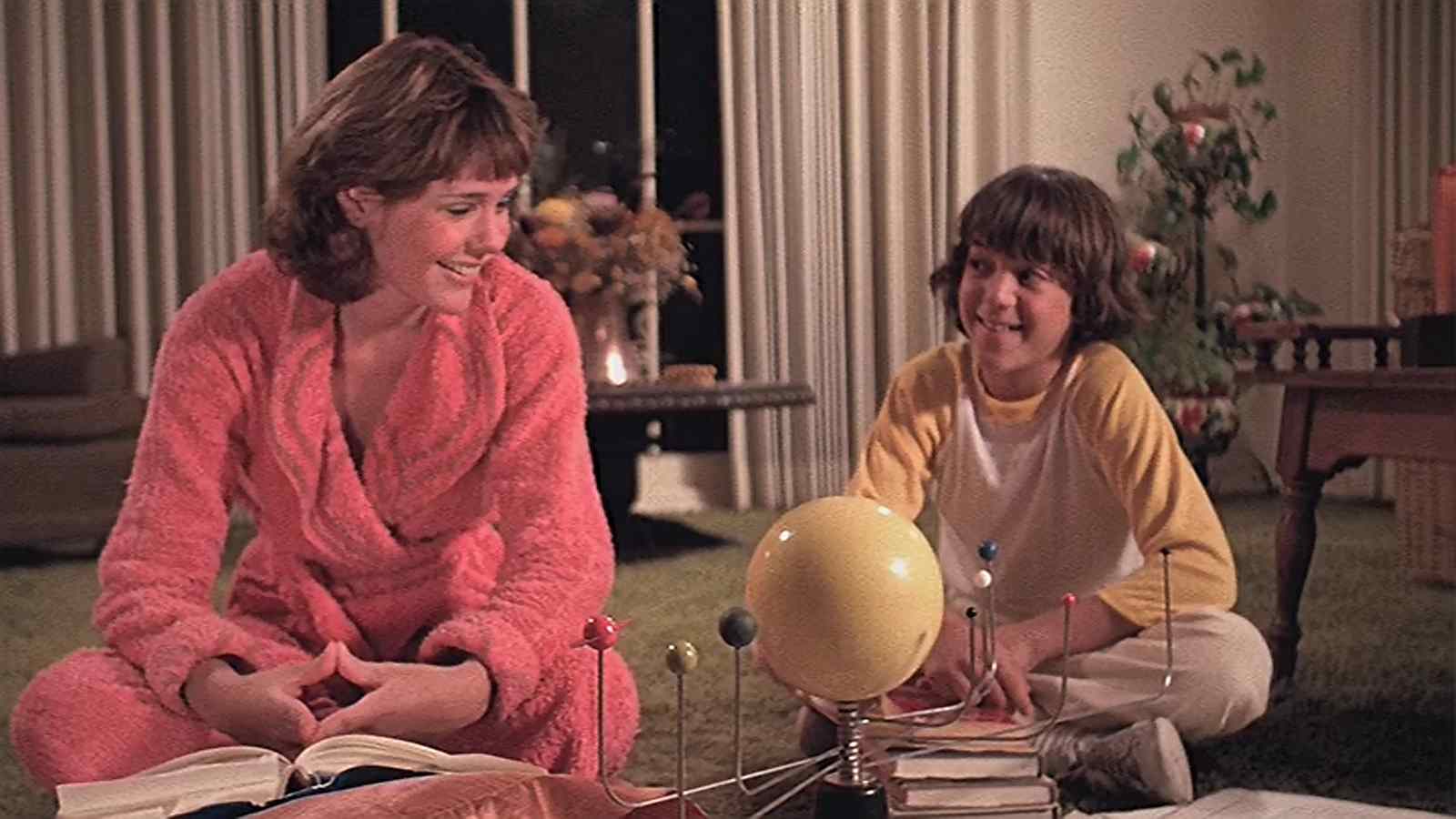I want to talk a bit about one of my favorite eras in horror. It’s a time that I think will sound completely alien to the horror climate we live in now, thriving as it may be. There was a lengthy period throughout the ‘80s, into the ‘90s and even the mid-2000s when studios were producing low-budget horror movies for the home video market. Even “home video” by itself is an archaic term now. Straight-to-DVD & Blu-ray releases are sort of going that way as well. If a movie isn’t going to be marketed to theaters, then it will simply get dumped onto VOD.
And it’s gotten even more bizarre because the streaming platforms are so popular that even films that could easily have been released to theaters nationwide and succeed have been released exclusively to Netflix, like Mike Flanagan’s Hush. The lines have been blurred. There’s really no model that’s being looked at as something reserved for good or bad content.
But even the stuff in the old days wasn’t always bad. A whole lot of it was, but the age of direct-to-video horror was more about offering alternative content that you wouldn’t see at the theater. Castle Freak is a genuinely good feature, but it’s not the kind of title that’s ever going to succeed in theaters for a wide audience. None of the Full Moon or Vestron releases were designed for the widest possible audience. That wasn’t the point.
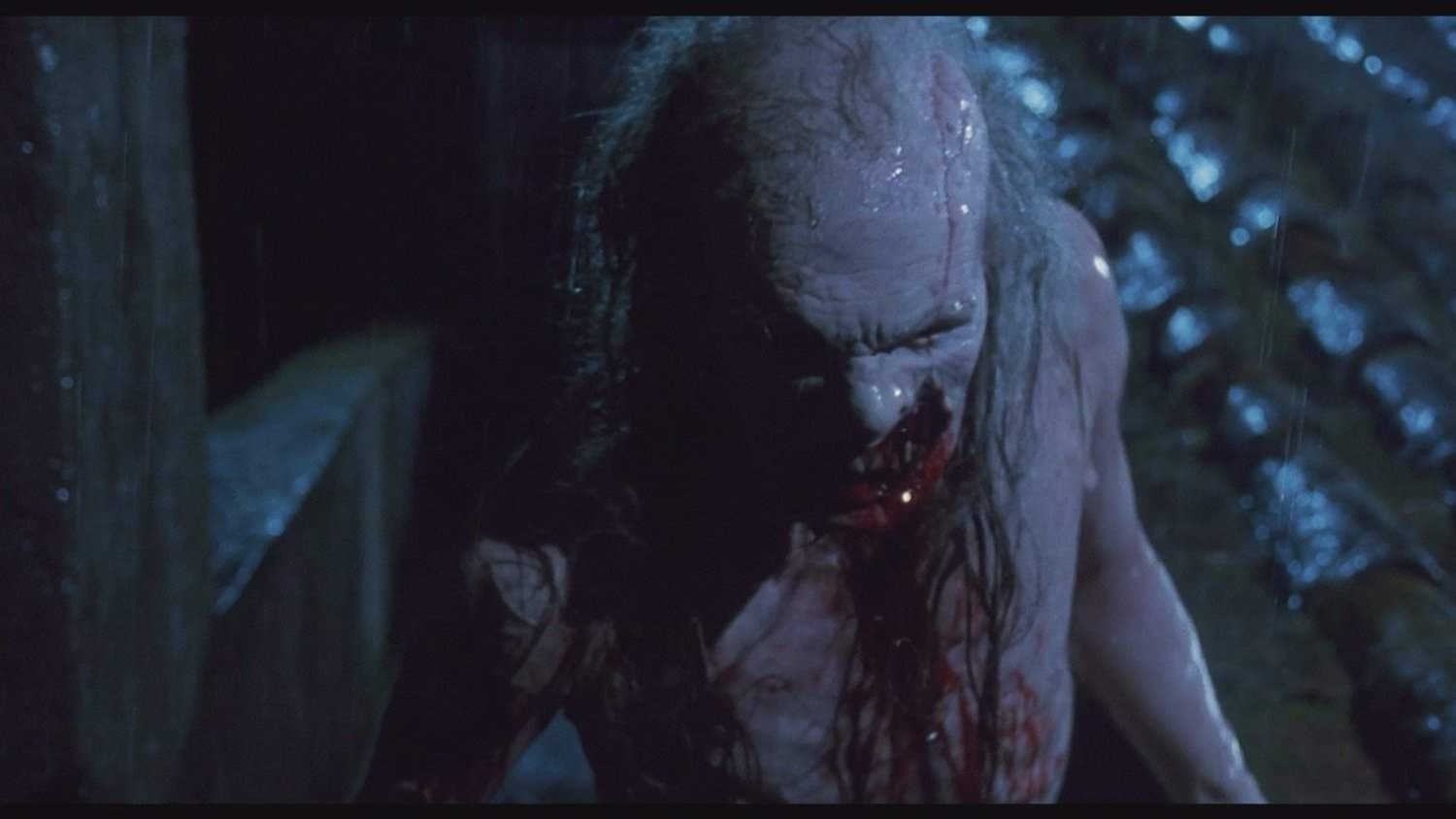
It’s astonishing to think that there was a time when New Line would release movies like Critters. Amazing that the early Puppet Master, Demonic Toys and Subspecies features would bear the Paramount Pictures logo. It even extended to theaters. It’s amazing that movies like Critters and Ghoulies would be theatrical releases. I can’t even imagine going to the movie theater to watch something like that now.
This was an era that saw a Puppet Master movie shoot on the Universal backlot. They were still low-budget, but these features were studio funded. That’s something that we just don’t see now. That has completely gone away. It limped on into the early portions of this decade, with labels like Dimension Extreme. But even that was a huge red flag for where the industry was heading. 2011’s Hellraiser Revelations cost a fraction of what even the previous straight-to-video Hellraiser sequels had cost.
 Throughout the 2000s it was fairly common practice for these straight-to-video sequels to be made for a little under a million. But Revelations cost less than half that, with a budget of $300,000, less than even what Halloween had been made for in 1978.
Throughout the 2000s it was fairly common practice for these straight-to-video sequels to be made for a little under a million. But Revelations cost less than half that, with a budget of $300,000, less than even what Halloween had been made for in 1978.
I think the major reason for the disappearance of movies like this is mostly due to the fact that the money has dried up. The industry has completely cut out the middle class, and that includes the lower-middle class. We might scoff at the ridiculously low budget of Hellraiser Revelations, but now we’re seeing theatrical films being made for that—sometimes less. The double-edged sword of the success behind Paranormal Activity is that once studios figured out that they could make successful horror films for next to nothing, that was all they wanted to do.
Those $800,000 creature features can’t get made now and it will be a long time before we’ll see anything like them again, if ever. Gone are the days of low-budget sequels to modest hits, like Pumpkinhead II or 976-EVIL 2. Those were days when any horror film could have a second shot, even if it wasn’t successful, because it might prove to be a successful rental. Of course, video stores don’t really exist anymore. Those that do are more of a novelty.
 The industry considers them extinct. For companies like Full Moon, that was their entire business model. When people wonder why that company’s films are so much cheaper than they used to be, that’s the major reason why. There’s really no place for Full Moon in the current shape of the industry and they’re sort of admirably doing their best to hang on and create content exclusively for the people they know will support them.
The industry considers them extinct. For companies like Full Moon, that was their entire business model. When people wonder why that company’s films are so much cheaper than they used to be, that’s the major reason why. There’s really no place for Full Moon in the current shape of the industry and they’re sort of admirably doing their best to hang on and create content exclusively for the people they know will support them.
Ultimately, the oxymoron here is that low-budget studio horror disappeared by not really disappearing at all. In some ways, it’s the opposite. We don’t see movies like these anymore because now all theatrical horror is low-budget studio horror. There are exceptions, of course. There are always exceptions. The Conjuring still had a modest budget, but it was tame by Hollywood standards. Universal is even still producing straight-to-video features like Curse of Chucky and Tremors 5, but they appear to be the only ones doing it. Dimension and Warner Bros. retired their DTV labels.
Movies like Get Out might cost more than Ghoulies, but many of the Blumhouse films are incredibly low-budget by Hollywood standards. The tail end of the last decade saw horror features being regularly produced for 15 and 20 million and now some of the most hugely successful horrors are made for five million or less. That’s the world we live in now. It’s not a climate that’s necessarily catered to the likes of Full Moon, Empire or Vestron, but maybe the success of those old classics on Blu-ray could change that.
Maybe things are headed in the right direction. As much as I could say I doubt it, I never expected a Puppet Master reboot from the team behind Bone Tomahawk. Maybe there’s hope yet. I think we could all use a bit of extra cheese, a bit more campy popcorn horror, no matter the platform it’s released on.
